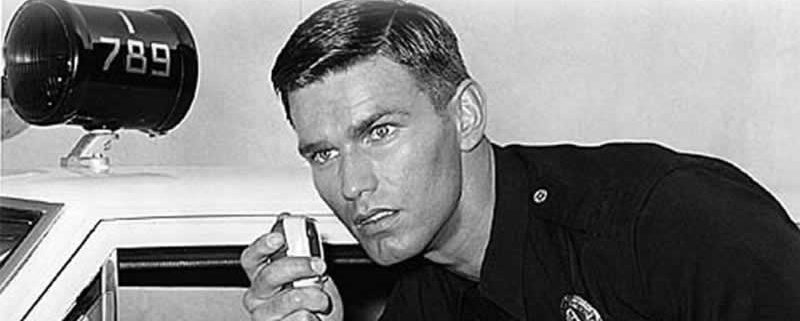10-Codes Are 10-7
The end of an era has arrived. Police departments all across the country are abandoning the tradition of using 10-codes when speaking on police radios. Sure, I understand the need to make the switch, but I must admit I’m a little nostalgic about the change.
Nothing sounds more official than the exchange of information on the radio, especially during the middle of the night. And there’s nothing like a graveyard shift dispatcher’s voice when it gently spills into the air from a floor-mounted speaker. Soft, gentle, soothing monotones. Most of them sound as if they used to work as DJs for classical music radio stations.
But change is coming. 10-codes have served their purpose and they’re now settling in to join the other police has-beens—revolvers, hand-cranked sirens, bubblegum lights, and telling bad guys to put down their weapons, and they do.
Why the change? Because many departments don’t use the exact same codes, making it nearly impossible to converse during situations requiring mutual aid from outside agencies. In fact, misinterpreting the codes happens everyday, and often with dire consequences.
For example, one department uses the code 10-99 to indicate a wanted person. A neighboring agency uses the same code (10-99) to indicate a bathroom or meal break. Therefore, if an officer from the first department was in the process of arresting a 10-99 (the wanted person) and subsequently broadcasted the situation over the radio hoping for backup, officers from the neighboring department would assume he was merely taking a nature break.
Even members of a single department sometimes have trouble remembering all the 10-codes, signal seven and eights, Tac channels (tactical), private channels, etc. It can be confusing, especially to newcomers. I remember when rookies referred to hand written cheat sheets they carried in their shirt pockets.
The need to make the switch from 10-codes to just plain English became obvious on 9-11-2001, when emergency crews responded to the aftermath of the terrorist attacks in New York City. The different agencies couldn’t communicate because each used their own adaptations of the 10-code.
It’s confusing. The officer’s conversation with dispatch below is a prime example of just how mind-boggling the use of 10-codes can be for the untrained ear.
Officer: 2112. 10-23 10-31. 10-17. I’ve got a 10-14 in custody. 10-52 may be needed if this clown resists one more time. 10-4?
Dispatch: 10-4, 2112. 2117 10-6. 2118 and 2119 2112 10-34. 2014 hours.
Officer: Everything’s 10-4. 10-23 10-25 2118 and 2119 and have them disregard.
Dispatch: 10-4. 2115 hours.
Geez…Could things get much more confusing than that gobblety-gook?
The need to switch is obvious and very necessary, but I still think I’ll miss my 4 a.m. 10-99.
Or was that a 10-98? Oh well, I’m 10-7. 10-4?







What are they replacing the 10 code with? I’ve had situations where I wound up translating English to English for officers from vastly different cultural and language backgrounds who were trying to work together.
Add these differences to an actual ongoing situation over radios and transmissions reporting in English can get more confusing than the 10 code.
Plus the extra time it takes to convey the same information in English is long enough that every agency is going to wind up creating their own English shorthand. It’s human nature.
Why not just create a national 10 code?
Not a big surprise that I can’t follow the officer’s conversation at all. I think I know three 10 codes: 10-04, 10-20 and in our area 10-96 means Mental Subject which I only know because there is a group of motorcycle stunt riders who go by the name 10-96.
10-4, Lee
Dave – No, these weren’t from my department. Ours differed from this list quite a bit. We, too, had several codes that we’d abandoned years ago. By your use of 10-41, I’m assuming we had that one in common.
10-41 On duty
10-42 Off duty
We had a few law enforcement agencies based in our county – state police, game and fisheries, Department of Alcoholic Beverage Control (ABC), county sheriff, city sheriff, city police, Department of Corrections, US Marshals, FBI, etc., and each department used a separate set of 10-codes. It was a nightmare trying to decipher the language that spewed from the radios. For example, a 10-10 to the state police meant “negative.” To the local departments a 10-10 was a fight.
I’ll fire off a quick comment since I’m just now 10-41.
In looking at the 10 codes you have listed (I assume from your old department,) I noticed that ours differed by about 30 percent. We had about 115, of which we used perhaps 60 on a routine basis.
They were abandoned about 10 years ago, with the exception of a handful.